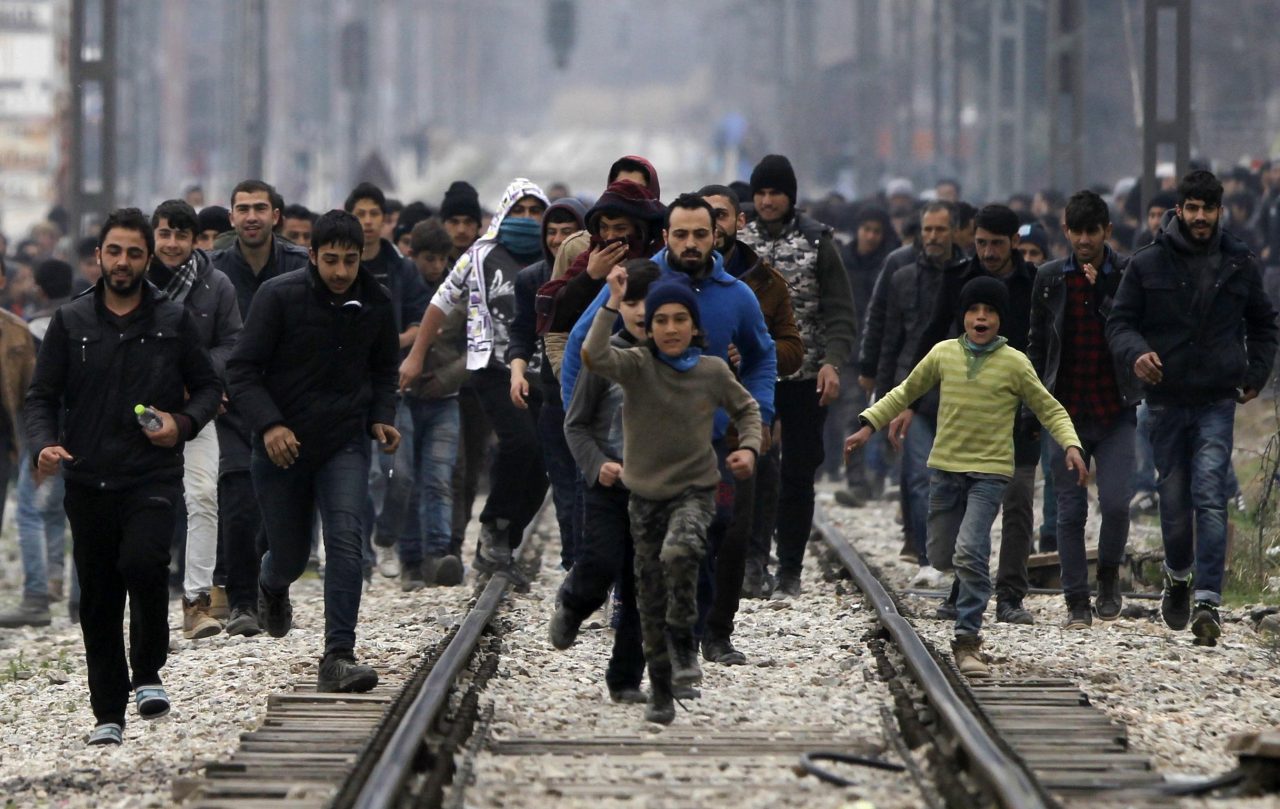Quella che corre tra Grecia e Macedonia è una frontiera incandescente, un passaggio scaldato nei mesi scorsi dal continuo passaggio di profughi verso il cuore dell’Europa e ora reso ancora più acceso con l’irrigidirsi dei controlli sugli accessi, assieme alla costruzione di una nuova recinzione per mano di Skopje. Così questa mattina centinaia di migranti sono riusciti a sfondare un tratto della barriera nei pressi del villaggio di Idomeni, usando un ariete di fortuna ed entrando così nel territorio macedone. I profughi coinvolti nell’azione sono stati almeno 300, in protesta contro il tetto massimo di afflusso giornaliero fissato dal Paese balcanico. La polizia è intervenuta immediatamente lanciando gas lacrimogeni e usando la forza: almeno trenta persone sono rimaste ferite, tra di loro molti bambini.
La rabbia dei migranti. Una volta forzata la barriera di confine, i profughi hanno occupato i binari della ferrovia che unisce la Grecia alla Macedonia. La rabbia dei migranti era rivolta contro il Paese balcanico, che si è accodato alla decisione adottata da altri governi dell’area in un vertice riunitosi lo scorso 18 febbraio, senza coinvolgere la Grecia: la scelta condivisa era stata quella di limitare a 580 il numero massimo giornaliero di migranti in entrata sul proprio territorio. Le autorità di Skopje avevano autorizzato stanotte il passaggio di circa 300 persone, per poi richiudere immediatamente la frontiera.
GUARDA LA GALLERY (8 foto)
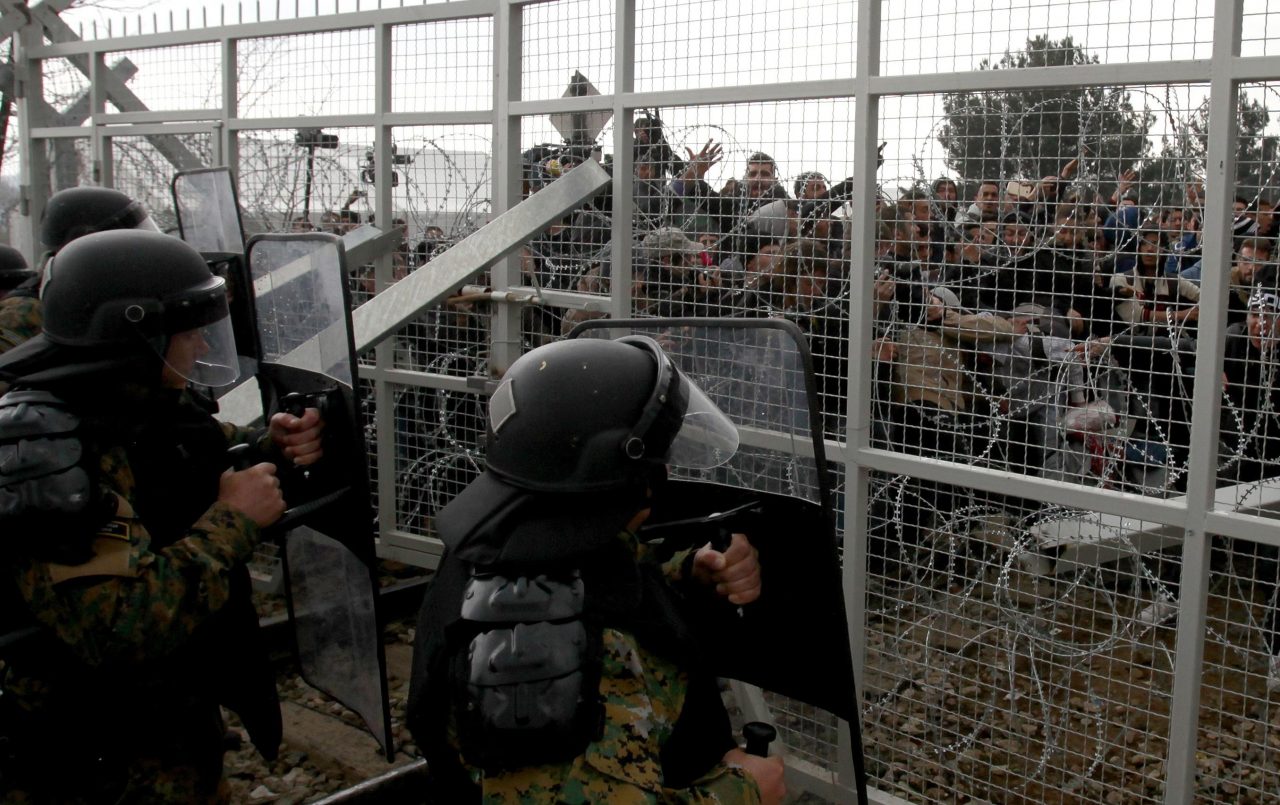
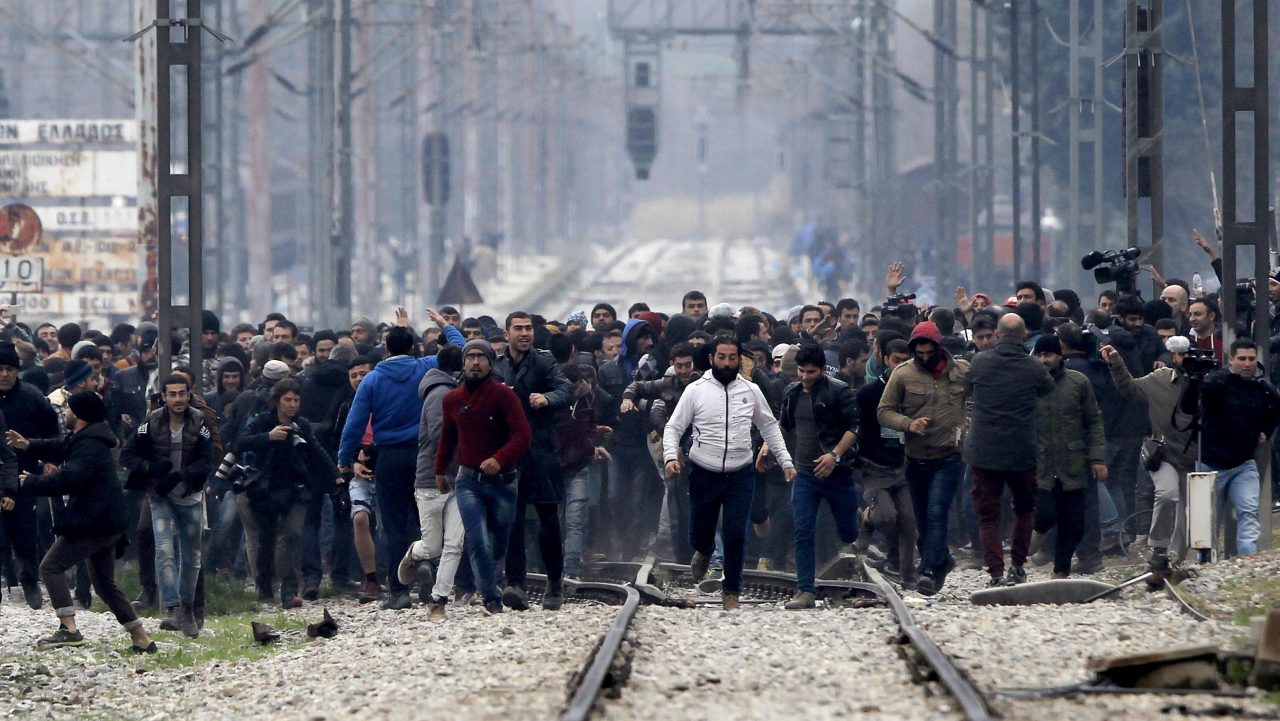
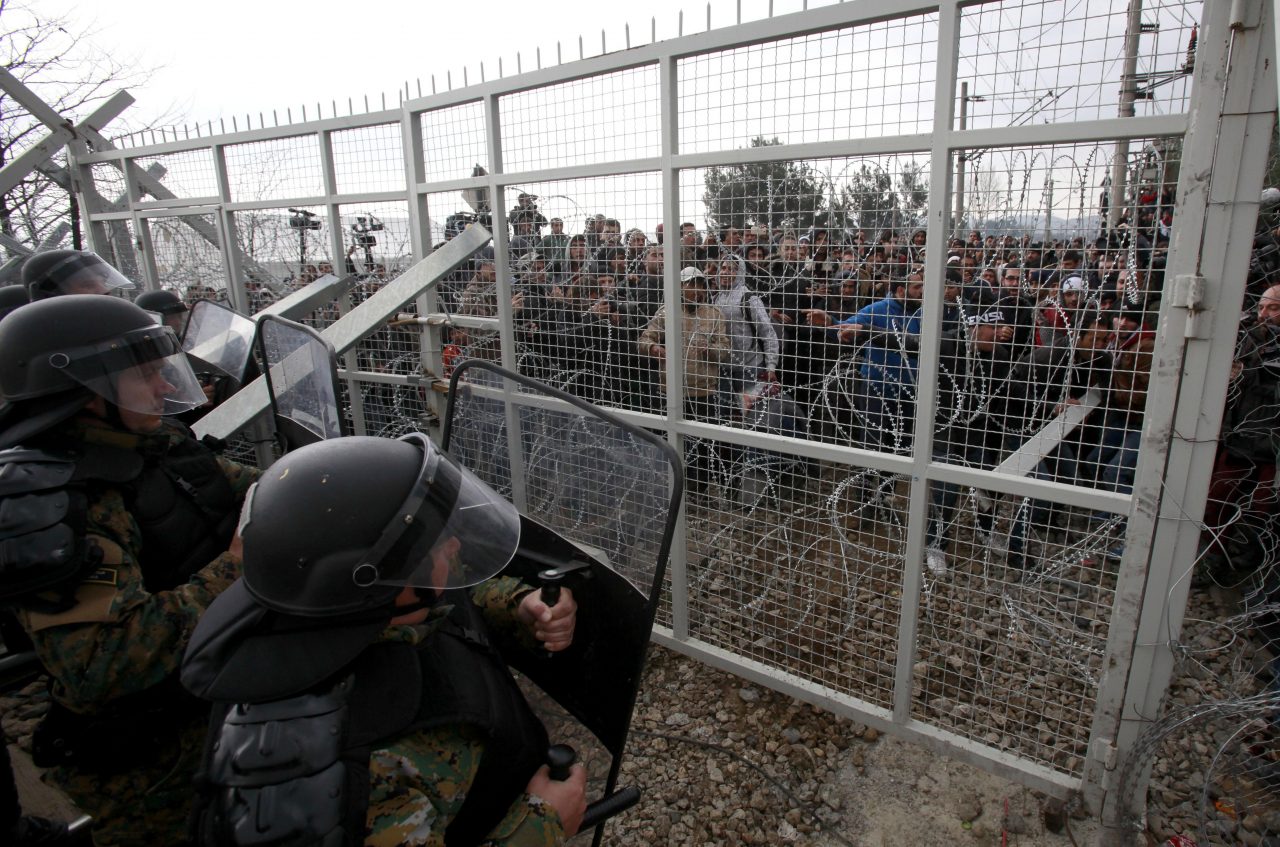
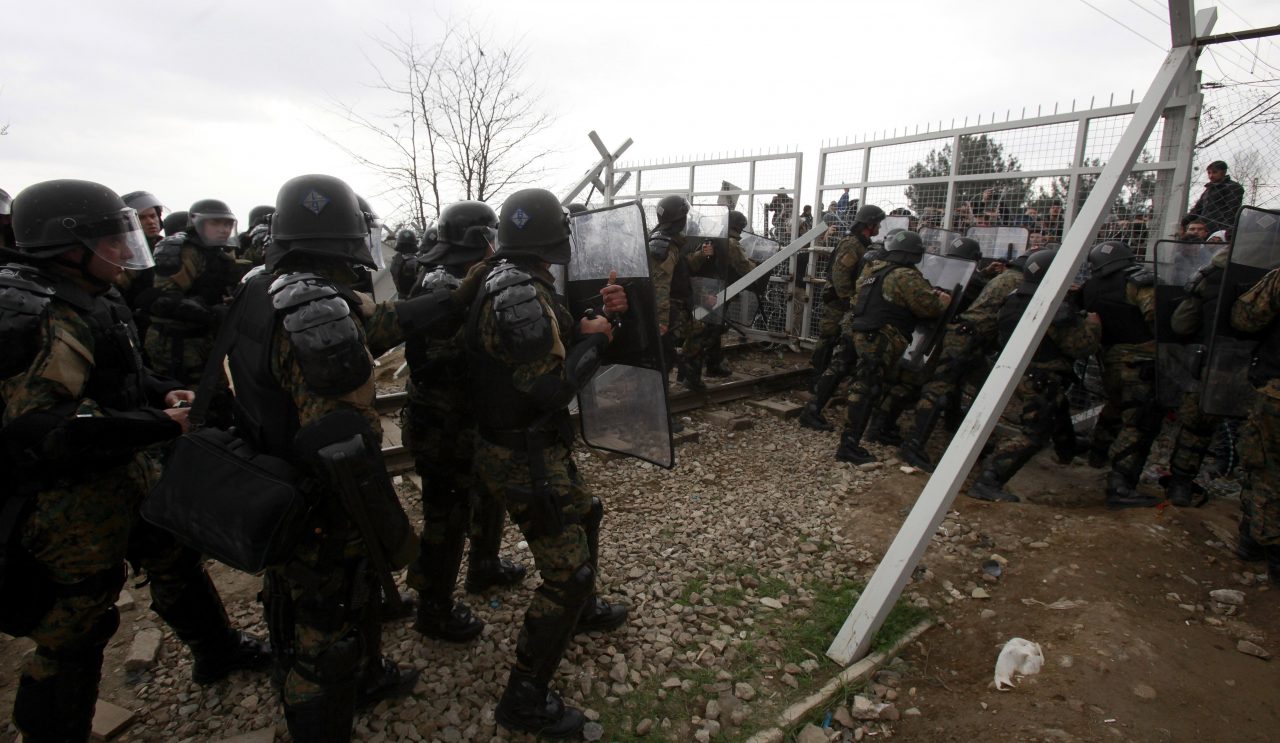
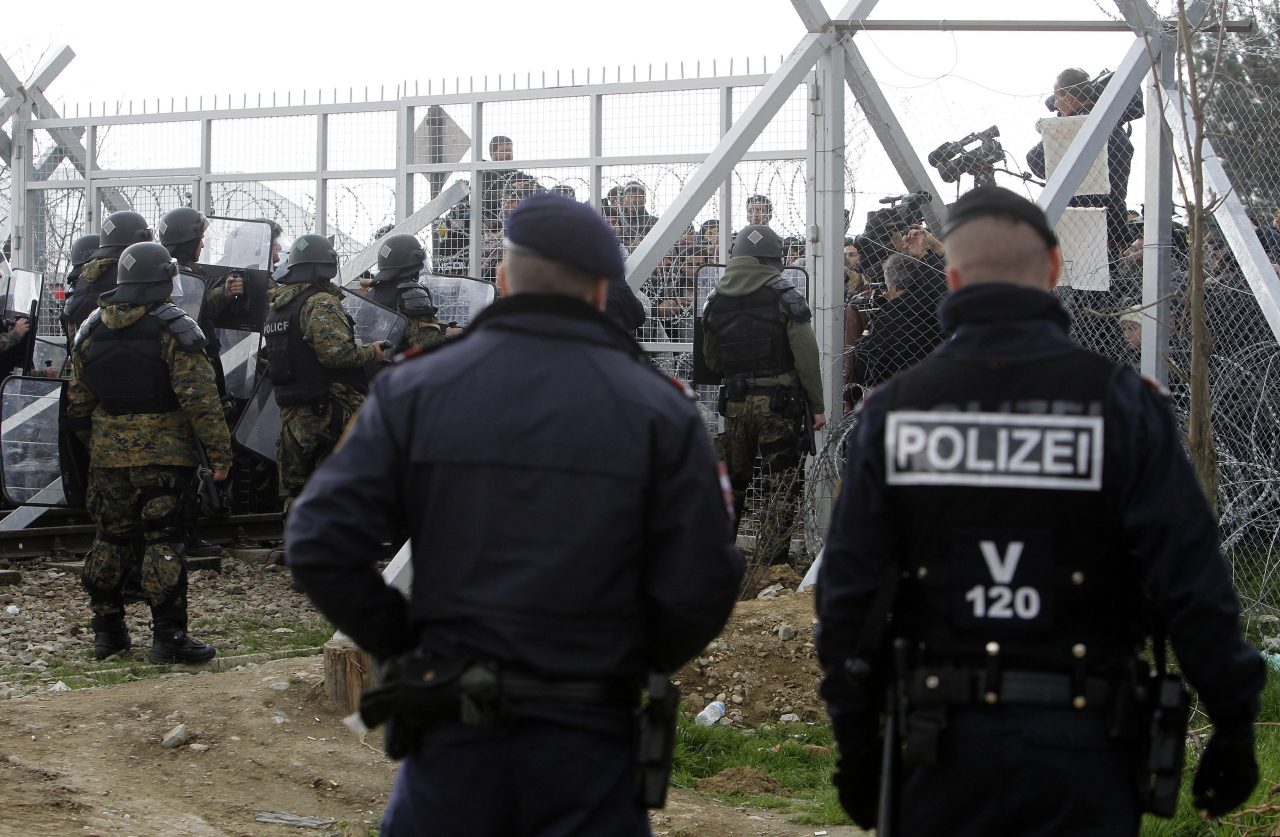
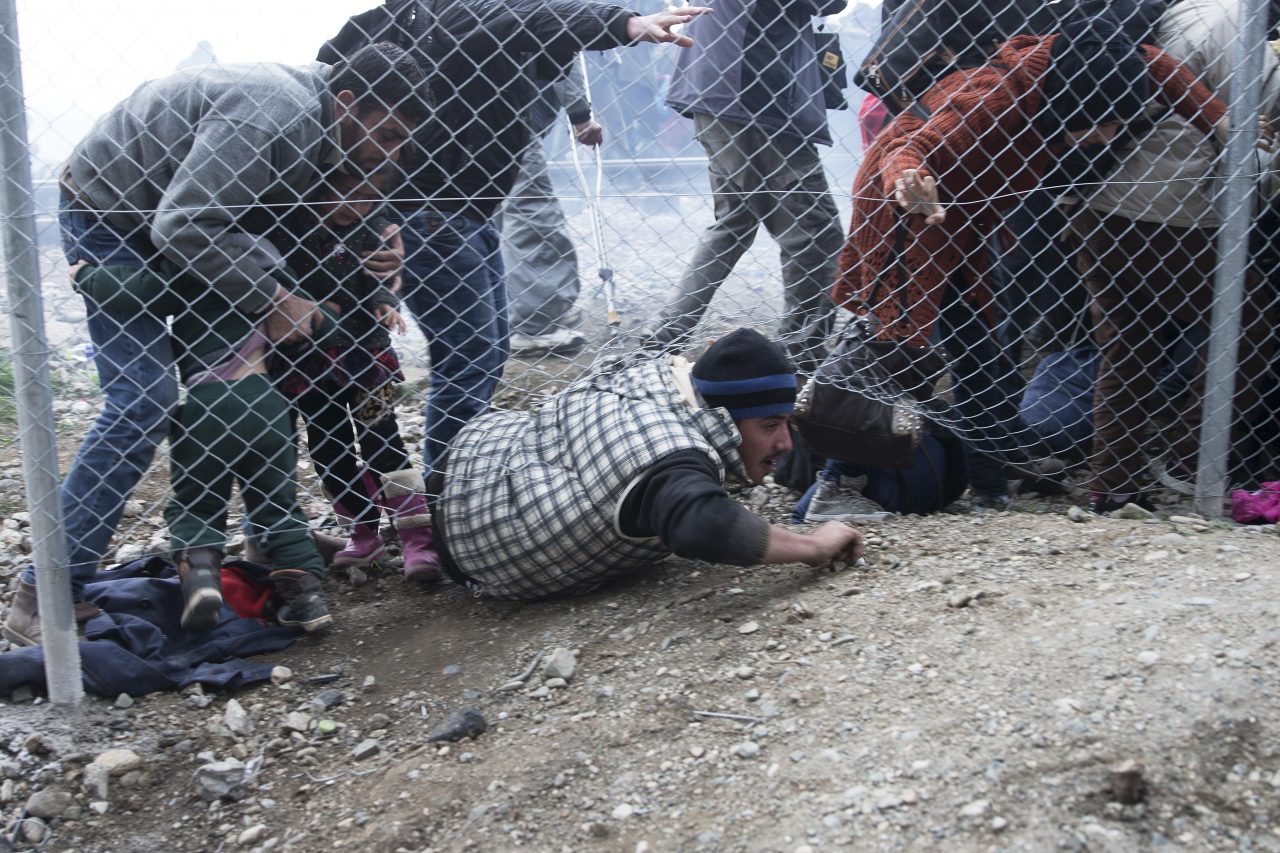
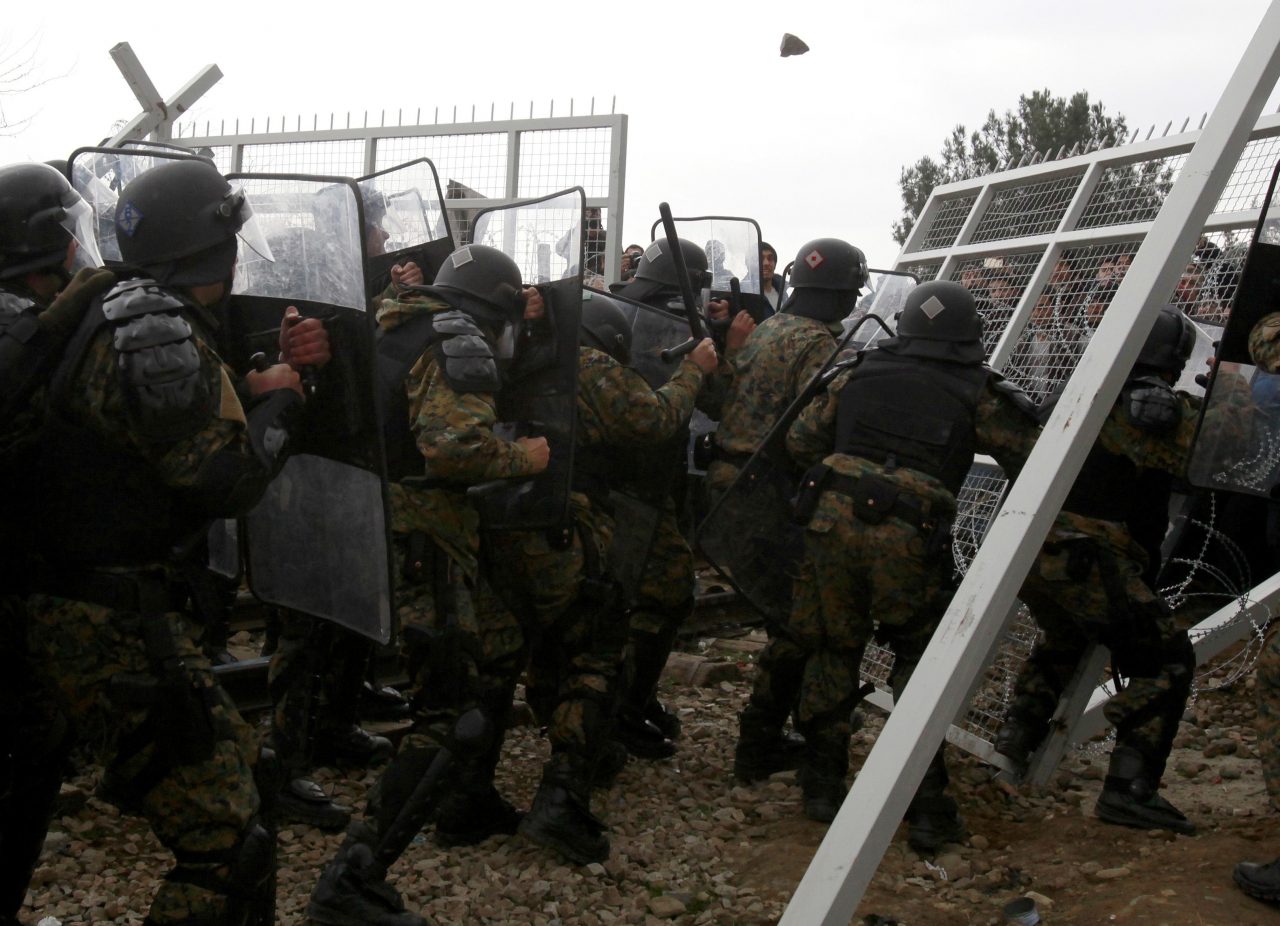
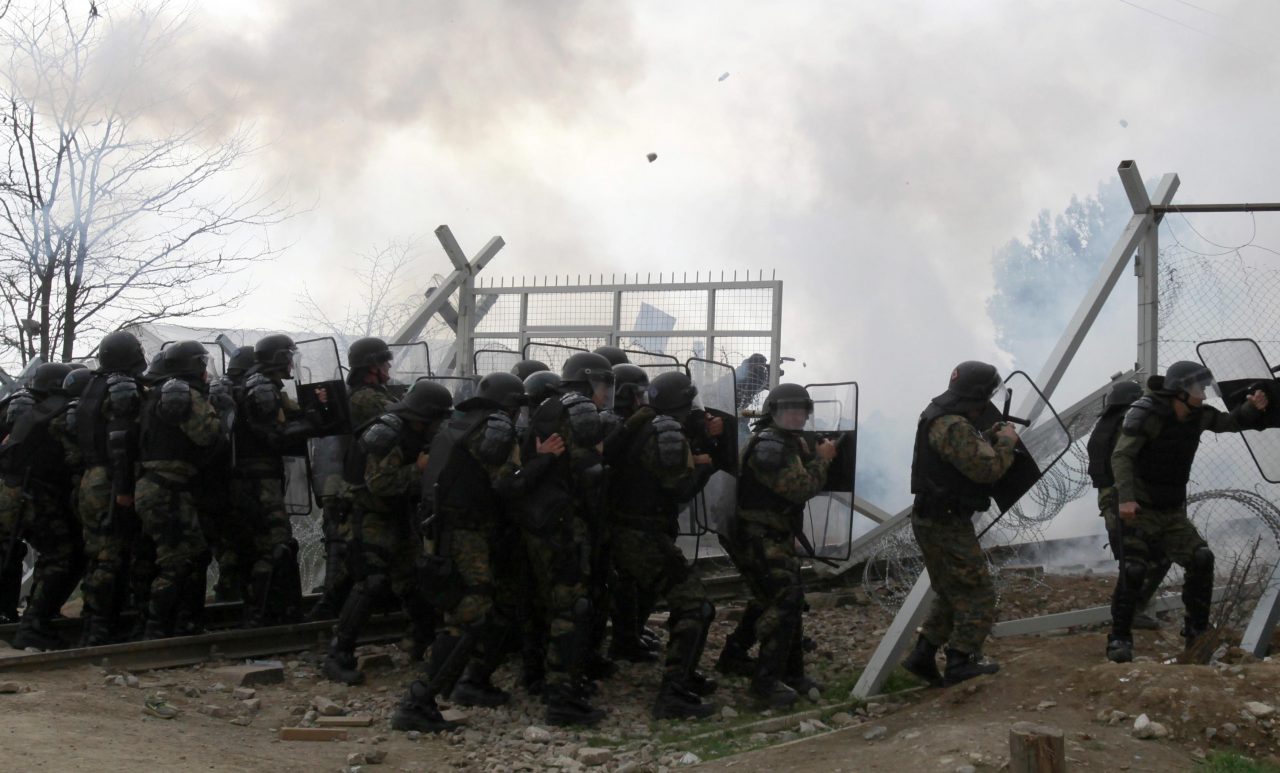
Lo sgombero di Calais. Intanto si registrano tensioni pure in Francia, a Calais, dove è iniziato questa mattina lo sgombero del campo profughi chiamato Jungle. Secondo i mezzi d’informazione transalpina sarebbero coinvolti almeno 55 automezzi della polizia, arrivati nella tendopoli nel nord della Francia. Dagli agenti è arrivato l’ordine ai profughi (circa 3.500 persone) di abbandonare le tende, con la garanzia da parte del Governo Hollande di offrire una valida alternative tra container riscaldati e centri d’accoglienza. Giovedì scorso, il tribunale amministrativo di Lille aveva dato il proprio via libera all’ordinanza della polizia per l’evacuazione della parte sud della “Jungle”.
I tentativi dell’Europa. Resta ancora aperto il tentativo della Commissione Ue di risolvere il problema migranti centralmente, analizzando il piano di emergenza trasmesso dalla Grecia. Per far fronte alla crisi dei profughi la Commissione europea «utilizza tutti gli strumenti a sua disposizione», incluso il «rafforzamento della capacità di accoglienza, della gestione delle frontiere, ricollocamento e rimpatri», ha detto il portavoce della Commissione Mina Andreeva. Si fa strada anche la possibilità che la Commissione avanzi con procedure di infrazione verso i Paesi che si rifiutano di fare i ricollocamenti. Una procedura di infrazione non è esclusa nemmeno nei confronti dell’Austria, dopo la sua decisione di stabilire tetti giornalieri per l’accoglienza ed il transito di richiedenti asilo.


